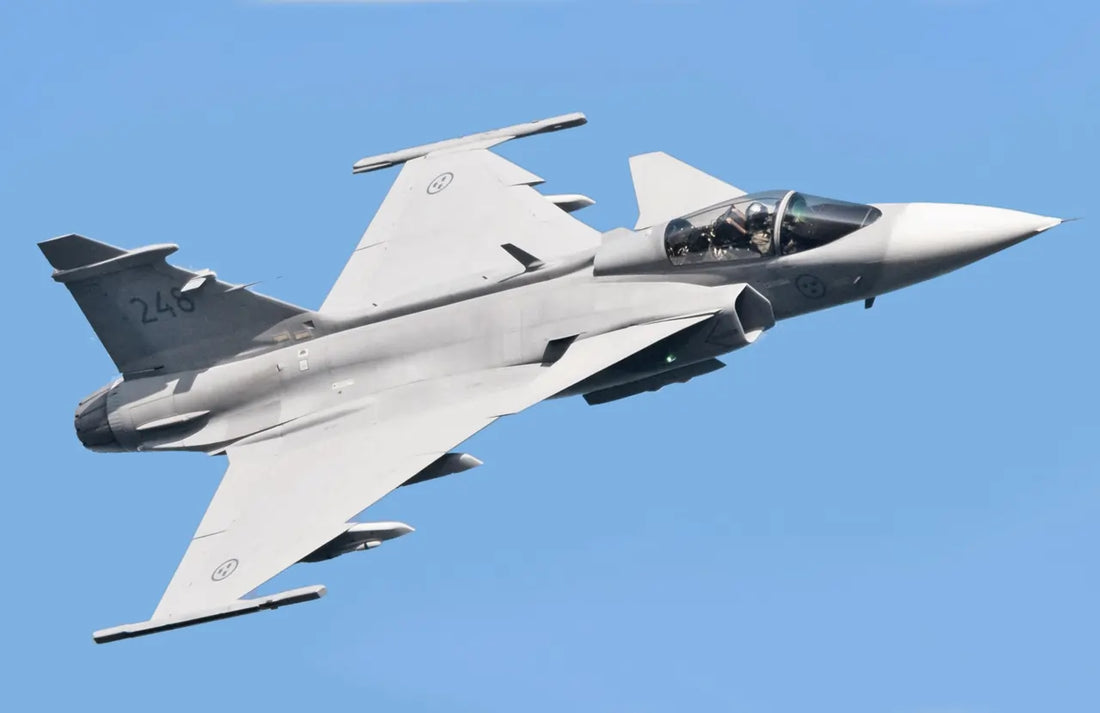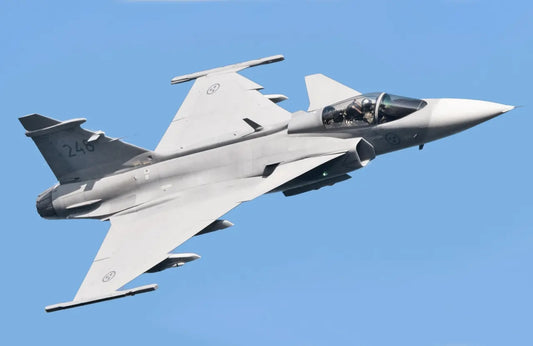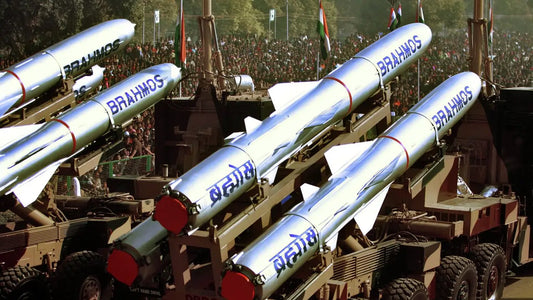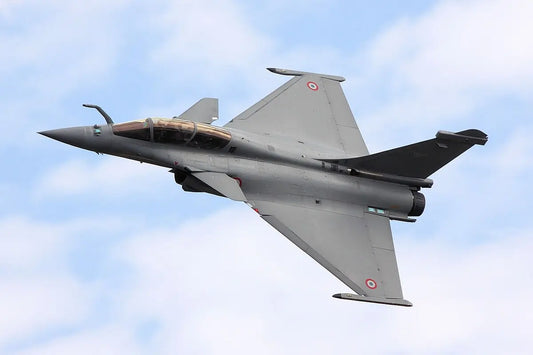Sweden Officially Inducts First Saab Gripen E Fighter Jet, Advancing Air Force Modernization

The Swedish Air Force has received its inaugural Saab Gripen E multirole fighter jet as part of its efforts to advance Sweden's air defense capabilities. This significant event took place during a ceremony at F 7 Skaraborg Wing, the primary base for Gripen training and conversion, located near Lidköping.
Officials emphasized the importance of this development for Swedish defense, highlighting the strong collaboration between the Swedish Armed Forces, the Defence Materiel Administration (FMV), and Saab over many years. Commander-in-Chief General Michael Claesson remarked that the Gripen E strengthens both Sweden's national defense and its ability to work with allied forces.
The introduction of the Gripen E marks a substantial step forward in capability from the previous Gripen C/D models. This first aircraft is part of a 60-aircraft order signed in 2013, worth approximately SEK 47 billion ($4.2 billion). These aircraft will be delivered through the late 2020s, replacing the older JAS 39C/D Gripen models. Sweden is the first European country to integrate the Gripen E into its air force, with complete operational status anticipated by 2027.
The Gripen E maintains the compact delta-canard design of its predecessors while introducing major technological advancements:
| Feature | Description |
|---|---|
| Power and Performance | The new General Electric F414-G engine offers 25% more thrust, enhancing climb, acceleration, and high-altitude performance. |
| Range and Endurance | Increased internal fuel capacity extends the combat radius to approximately 1,500 km, a 40% improvement over earlier versions. |
| Advanced Avionics | The Raven ES-05 AESA radar and Skyward-G IRST system deliver 360-degree situational awareness. |
| Network-Centric Warfare | Open-architecture avionics allow for quick software updates and integration with NATO assets. |
| Expanded Weapons Compatibility | Supports Meteor BVRAAM, IRIS-T, AIM-9X, JDAM, and future long-range munitions. |
| Survivability | Equipped with a modern electronic-warfare suite that includes radar-warning receivers, active jamming, and towed decoys. |
| Pilot Interface | Features wide-area touchscreen displays and helmet-mounted sights to enhance decision-making in complex scenarios. |
Colonel Mattias Ottis, Commander of the Skaraborg Air Flotilla, described the Gripen E as "a completely new system—built to meet future demands for survivability, range, sensors and collaboration."
Sweden plans to have all 60 Gripen E jets in service by 2030, with deployments at F 7 Skaraborg, F 17 Kallinge, and F 21 Luleå. Initial Operational Capability (IOC) is expected by late 2026 or early 2027, with Full Operational Capability (FOC) as the fleet expands. The Gripen E is designed for operations in challenging environments, capable of dispersal operations, short-field takeoffs, and maintaining performance amidst electronic interference.
The domestic deployment of the Gripen E also bolsters Saab's international export prospects. Nations such as Brazil, Thailand, and Colombia have already committed to acquiring the aircraft, with additional interest from NATO members in Eastern Europe, Peru, the Philippines, and Canada. Saab asserts that Sweden's adoption underscores the aircraft's maturity and credibility globally.
Combining sophisticated sensors, networked warfare capabilities, and cost-effectiveness, the Gripen E is positioning itself as a viable alternative to heavier, fifth-generation fighters, solidifying Sweden and Saab as leaders in modern aerial combat technology.



















